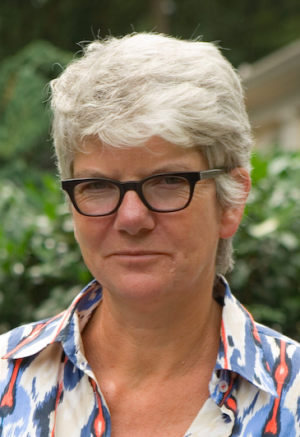
Details
Work Package Advisor and Key Researcher
WP1: Understanding Media Experiences
Vrije Universiteit Amsterdam
Contact
/ Biography
/ Publications
Publications from 2020 and before are not direct results of the SFI MediaFutures, but are key results from our team members working on related topics in MediaFutures.
2024
Leveraging Professional Ethics for Responsible AI: Applying AI techniques to journalism. Journal Article
In: Communications of the ACM, 2024.
2021
Responsible media technology and AI: challenges and research directions Journal Article
In: AI and Ethics, 2021.
2020
Changing news use. Unchanged news experiences? Book
Routledge, 2020, ISBN: 9780367485788, (Pre SFI).
Changing News Use. Unchanged news experiences? Book
1st, Routledge, London & New York, 2020, ISBN: 9781003041719, (Pre SFI).
2019
Journalism, Audiences and News Experience Book Chapter
In: Wahl-Jorgensen, Karin; Hanitzsch, Thomas (Ed.): Chapter 25, pp. 389-405, Routledge, 2nd, 2019, ISBN: 9781315167497, (Pre SFI).
2016
“Practicing Audience-Centred Journalism Research.” Book Chapter
In: Witschge, T.; Anderson, C. W.; Domingo, D.; Hermida, A. (Ed.): Chapter 36, pp. 546-561, Sage, 55 City Road, London, 2016, ISBN: 9781473906532, (Pre SFI).
2014
Checking, sharing, clicking and linking: Changing patterns of news use between 2004 and 2014. Journal Article
In: Digital Journalism, vol. 3, no. 5, pp. 664-679, 2014, ISSN: 2167-0811, (Pre SFI).

